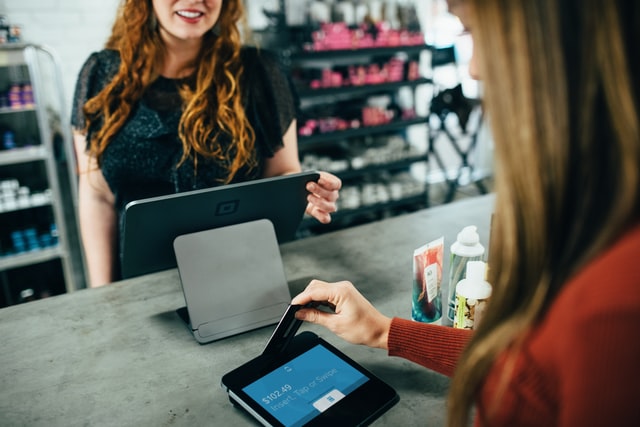With the advent of COVID-19, where contactless payments have become very crucial for hygiene, and the increasing payment frauds and account data compromise, which have made security paramount in payments, tokenization-based HCE solution has become more important than ever. The most common use case of this solution is tap and pay payments where you just tap your phone on an NFC supported POS and the payment goes through. For the transactions within the contactless limit (like INR 5000 in India), you don’t even need to enter your pin and the payment literally happens with a tap.
The tap and pay payments through tokenization-based HCE solution provide the following three key benefits:
Hygiene: The contactless mode of payment ensures you have no/minimal contact during proximity payments, especially in times of COVID where contact can lead to potential exposure to the virus.
Convenience: What can be more convenient than just tapping your mobile phone to make an in-store payment. The other modes of proximity digital payments need 3-4 extra steps for the consumer like authenticating, scanning merchant code/adding alias, verifying merchant information, entering amount, authenticating for payment and then also sometimes getting stuck due to internet or bank server issues. Tap and pay payments can also be carried out in transit like metro, parking etc, thus providing seamless payment experience in low-internet connectivity areas as well.
Security: By storing and transferring only a token instead of your payment instrument credentials during payment, your account details are not exposed in the payment process, thus reducing the risk of fraud or data compromise. A token is like a hash value to your credentials which are safely stored with the payment network schemes and the token itself doesn’t have any significance on its own even if compromised unlike the encrypted credentials which can be hacked. Also along with the token, a dynamically generated cryptogram is transmitted which uses single/limited use keys which are valid for a particular transaction only, thus adding a layer of security.
But tokenization is not limited to proximity tap and pay payments. Let’s look at some more payment use cases on tokenization rails which are crucial for secure payments and are gaining traction.
Apart from NFC payments, another form of digital proximity payments is by scanning QR code and paying through your prepaid wallets or bank accounts (like UPI in India). With tokenization, the same use case can be extended to cards where the payment token and cryptogram are passed in the network instead of the actual card details. This use case becomes important to make easy digital payments through your credit cards as well which need not be associated to a bank account. Also, it eliminates the need of hardware to accept payment through cards thus saving cost on the acceptance side and providing convenience along with security.
Another use case is for remote transactions in the form of in-app payments. When you are shopping on a merchant app, at the time of checkout, along with the usual payment instruments, you have an option to choose your tokenized card for payment through redirecting to your payment app. Your payment app or digital wallet will share the token and cryptogram securely to the merchant app, which will then proceed with the payment using these details, again minimizing the fraud risk as the card details are not flowing in the payment network.
Tokenization is not just limited to cards, your bank account details can also be tokenized and securely used during payments using Pay By Account. With this, you can carry out all the above mentioned payments with your tokenized bank account details. This use case is extremely useful for seamless payments from your bank accounts in geographies where an interoperable solution like UPI in India doesn’t exist.
There are several other payment tokenization use cases both on issuer and acquirer sides on which the payment networks and tech providers like us are actively working on to enable seamless, swift and secure payments for you, but that’s for another day, till then stay contactless, stay safe!






